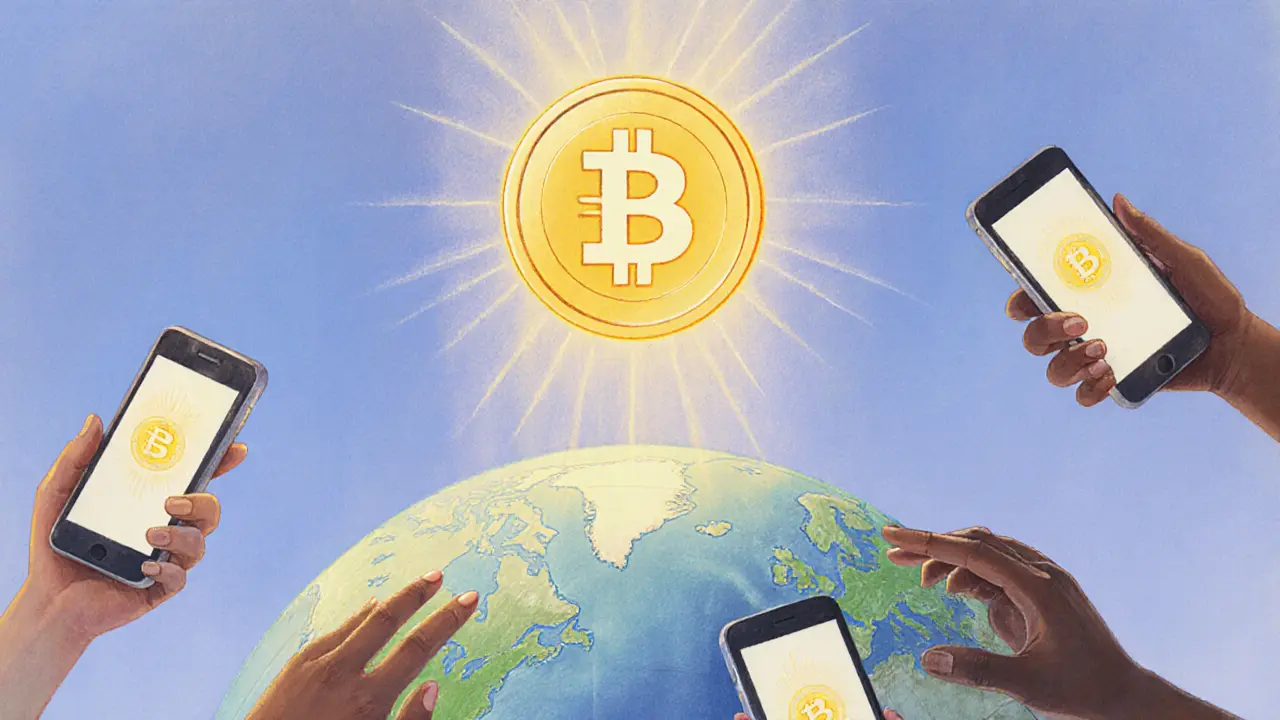Programmable Money
When talking about programmable money, digital cash that can execute rules, trigger actions, or change its own behavior without human intervention. Also known as programmable crypto, it sits at the intersection of finance and code, turning ordinary payments into smart, automated tools. Think of it as cash that knows when to pay a bill, split a reward, or lock itself until a condition is met.
Key Building Blocks
The engine behind programmable money is smart contracts, self‑executing code that lives on a blockchain and runs automatically when predefined conditions are hit. Also called self‑executing contracts, they provide the rule‑set that makes money programmable. Another core piece is tokenization, the process of converting real‑world assets like yachts, real estate, or art into digital tokens, sometimes referred to as digital asset tokenization. Tokenization transforms physical value into programmable units that can be moved, split, or locked by smart contracts. Together, these concepts create a loop: tokenization gives you programmable assets, smart contracts give them behavior, and the resulting programmable money drives new financial products.
Why does this matter for everyday users? decentralized finance, a fast‑growing ecosystem that offers lending, trading, and yield generation without traditional banks, relies heavily on programmable money to automate interest payments, collateral liquidation, and reward distribution. In a DeFi platform, your deposited tokens can automatically earn interest, or a loan can be instantly repaid when a price trigger fires—all thanks to the underlying smart contracts. This seamless automation reduces friction, cuts costs, and opens up financial services to anyone with an internet connection. Below, you’ll find guides that break down each piece—how OSEAN tokenizes yachts, how airdrops work, how validators secure the network, and more—so you can see programmable money in action and start using it yourself.

Explore how stablecoins are reshaping payments, DeFi, enterprise finance, and financial inclusion beyond trading, with real‑world examples, risks, and a comparison of top options.
Jonathan Jennings Jan 31, 2025




